
NGC 1426 is an elliptical galaxy approximately 59 million light-years away from Earth in the constellation of Eridanus. It was discovered by William Herschel in December 9, 1784.

NGC 3285 is a barred spiral galaxy located about 200 million light-years away in the constellation Hydra. The galaxy was discovered by astronomer John Herschel on March 24, 1835. NGC 3285 is a member of the Hydra Cluster.

NGC 3305 is an elliptical galaxy located about 190 million light-years away in the constellation Hydra. The galaxy was discovered by astronomer John Herschel on March 24, 1835. NGC 3305 is a member of the Hydra Cluster.
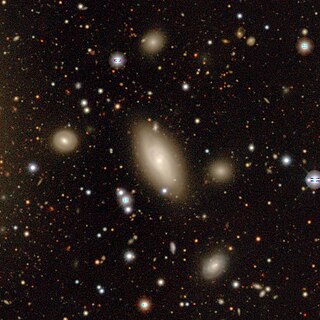
NGC 3307 is a lenticular galaxy located about 185 million light-years away in the constellation Hydra. The galaxy was discovered by astronomer John Herschel on March 22, 1836 and is a member of the Hydra Cluster.
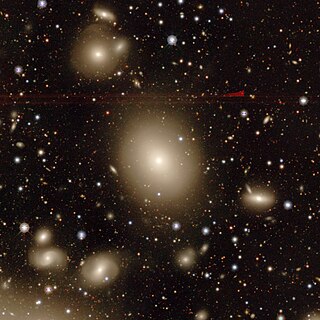
NGC 3308 is a lenticular galaxy with a faint bar located about 174 million light-years away in the constellation Hydra. NGC 3308 was discovered by astronomer John Herschel on March 24, 1835. It is a member of the Hydra Cluster.
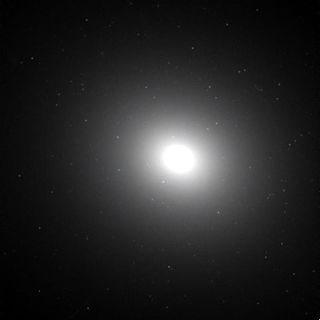
NGC 3309 is a giant elliptical galaxy located about 200 million light-years away in the constellation Hydra. NGC 3309 was discovered by astronomer John Herschel on March 24, 1835. The galaxy forms a pair with NGC 3311 which lies about 72,000 ly (22 kpc) away. Both galaxies dominate the center of the Hydra Cluster.

NGC 3311 is a super-giant elliptical galaxy located about 190 million light-years away in the constellation Hydra. The galaxy was discovered by astronomer John Herschel on March 30, 1835. NGC 3311 is the brightest member of the Hydra Cluster and forms a pair with NGC 3309 which along with NGC 3311, dominate the central region of the Hydra Cluster.
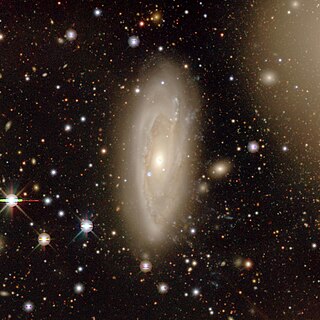
NGC 3312 is a large and highly inclined spiral galaxy located about 194 million light-years away in the constellation Hydra. The galaxy was discovered by astronomer John Herschel on March 26, 1835. It was later rediscovered by astronomer Guillaume Bigourdan on February 26, 1887. NGC 3312 was later listed and equated with IC 629 because the two objects share essentially the same celestial coordinates. NGC 3312 is the largest spiral galaxy in the Hydra Cluster and is also classified as a LINER galaxy.
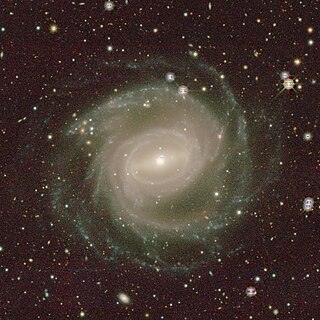
NGC 3313 is a large barred spiral galaxy located about 55 megaparsecs away in the constellation Hydra. It was discovered by astronomer Ormond Stone in 1886 and is an outlying member of the Hydra Cluster.

NGC 3315 is a lenticular galaxy located about 185 million light-years away in the constellation Hydra. It was discovered by astronomer Edward Austin on March 24, 1870. It is a member of the Hydra Cluster.

NGC 3316 is a barred lenticular galaxy located about 190 million light-years away in the constellation Hydra. The galaxy was discovered by astronomer John Herschel on March 26, 1835. NGC 3316 is a member of the Hydra Cluster, and appears to have a small companion galaxy known as HCC 15.
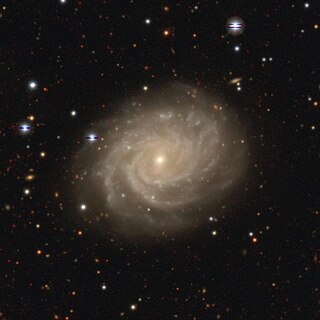
NGC 3336 is a barred spiral galaxy located about 190 million light-years away in the constellation Hydra. It was discovered by astronomer John Herschel on March 24, 1835. NGC 3336 is a member of the Hydra Cluster.
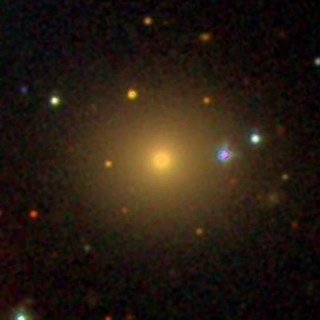
NGC 1259 is a lenticular galaxy located about 243 million light-years away in the constellation Perseus. The galaxy was discovered by astronomer Guillaume Bigourdan on October 21, 1884 and is a member of the Perseus Cluster.

NGC 1273 is a lenticular galaxy located about 245 million light-years away in the constellation Perseus. It was discovered by astronomer Heinrich d'Arrest on February 14, 1863 and is a member of the Perseus Cluster.
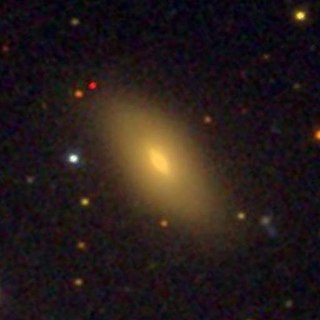
NGC 1274 is a compact elliptical galaxy located about 280 million light-years away in the constellation Perseus. NGC 1274 was discovered by astronomer Lawrence Parsons on December 4, 1875. It is a member of the Perseus Cluster.

NGC 1283 is an elliptical galaxy located about 250 million light-years away in the constellation Perseus. The galaxy was discovered by astronomer Guillaume Bigourdan on October 23, 1884 and is a member of the Perseus Cluster. It also contains an active galactic nucleus.
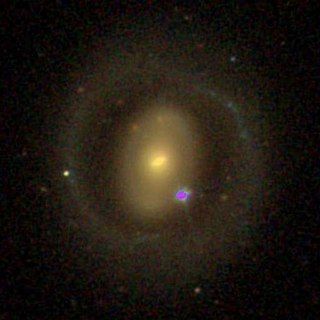
NGC 3821 is a low surface brightness spiral galaxy and a ring galaxy about 270 million light-years away in the constellation Leo. The galaxy was discovered by astronomer William Herschel on April 26, 1785 and is a member of the Leo Cluster.

NGC 3844 is a lenticular galaxy located about 320 million light-years away in the constellation Leo. The galaxy was discovered by astronomer Heinrich d'Arrest on May 8, 1864. NGC 3844 is a member of the Leo Cluster and is likely to be a low-luminosity AGN (LLAGN).
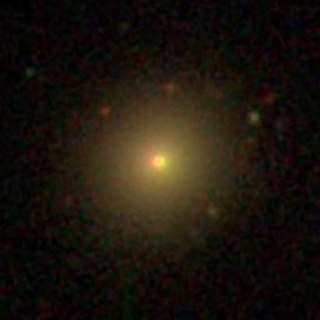
NGC 6053 is an elliptical galaxy located about 450 million light-years away in the constellation Hercules. The galaxy was discovered by astronomer Lewis Swift on June 8, 1886 and is member of the Hercules Cluster.

NGC 3558 is an elliptical or a lenticular galaxy located 440 million light-years away in the constellation Ursa Major. It was discovered by the astronomer Heinrich d'Arrest on April 15, 1866. It is a member of the galaxy cluster Abell 1185 and is classified as a LINER galaxy.




















